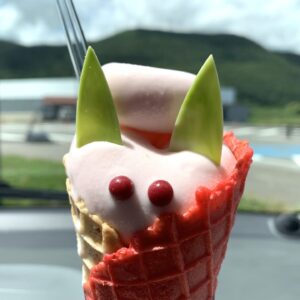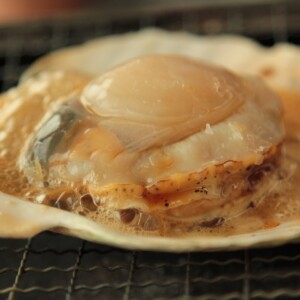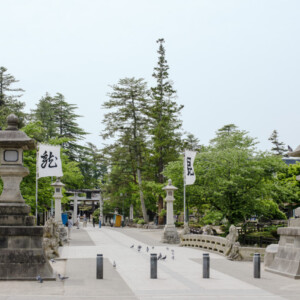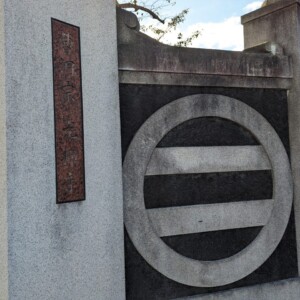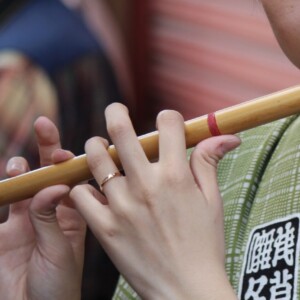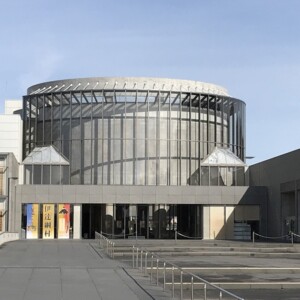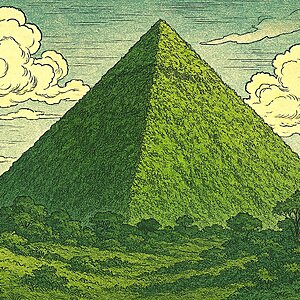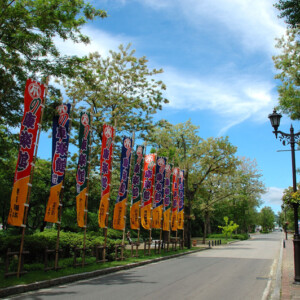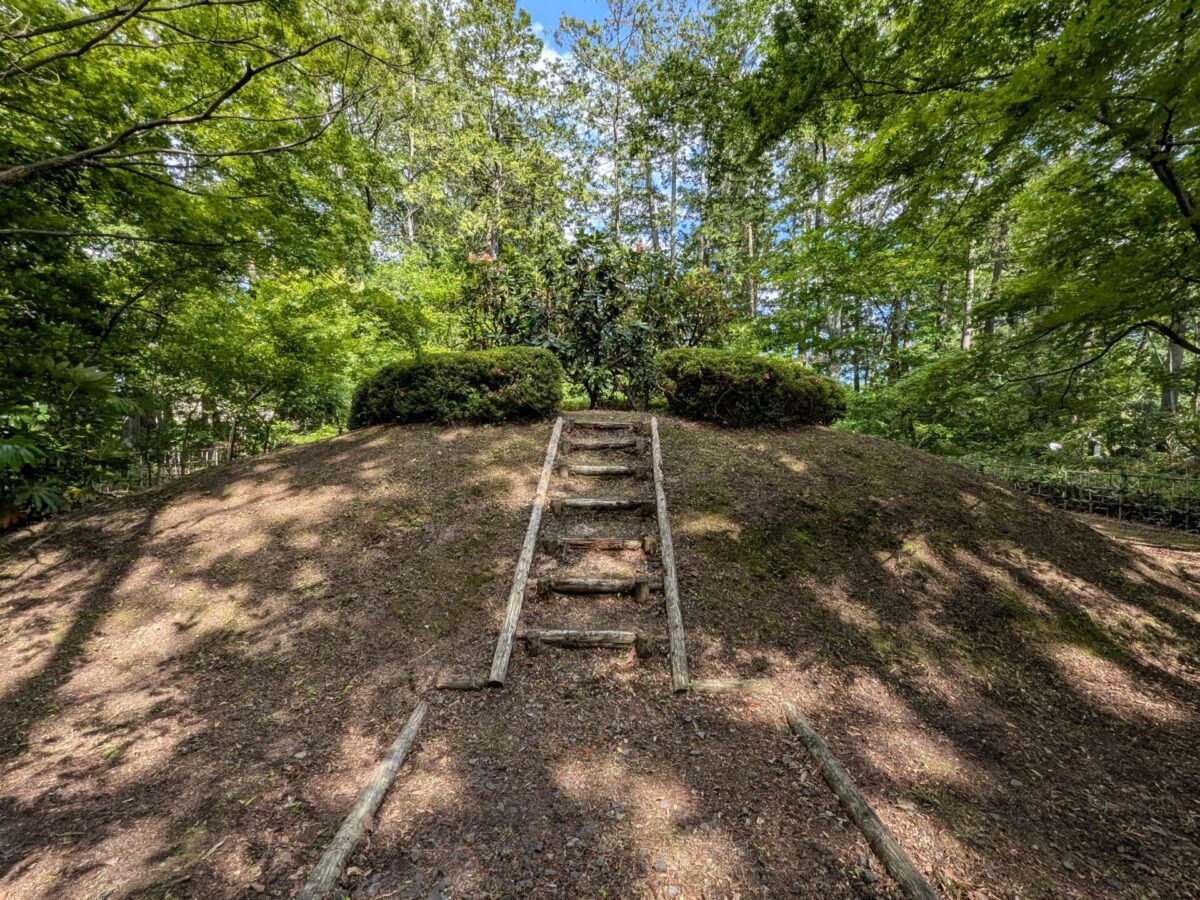
Daiganji Temple, who is responsible for the Haizuka of Date Masamune and his grave guardians | A unique funeral ceremony passed down in the Date family [Miyagi Prefecture]
table of contents
Zojozan Daiganji is a Jodo sect temple located in Shinsakacho, Aoba Ward, Sendai City, Miyagi Prefecture .
This temple is known as a temple with a history that is deeply involved in the funeral ceremony of Date Masamune, the first lord of the Sendai domain.
"Masugamiyama Daiganji" is the place where Date Masamune's funeral was held.
Date Masamune, a Sengoku daimyo and the first lord of the Sendai domain, completed his 70-year life on May 24th, 1636, at the Sendai domain residence in Edo.
buried in a mausoleum (now Zuihoden) built in Kyogamine, located in the eastern part of Sendai Castle
After that, Kakuhonji Temple (Kitayama, Aoba Ward, Sendai City), one of the five mountains of Kitayama , and a large-scale funeral was held on June 23rd in the wilderness located at the southern foot of Kitayama in northern Sendai Castle. This place will later become a temple site at Daiganji Temple.
The remains were already buried at Kyogamine, so the funeral was held without the remains, and the empty coffin and burial items were cremated, and the ashes were buried and a mound was built above.
What is Haizuka, a funeral ritual unique to the Date family?
As mentioned above, under the mounds built at this time, only empty coffins and ashes of burial goods are buried, and are called Haizuka

These funeral rituals, in which the bodies themselves are not stored, are not often seen in other daimyo families, and are said to be a custom unique to the Date family
The exact time of its establishment is unknown, but it is believed that the intention was to prevent enemy violence and robbers from stealing the grave by hiding the remains of the bodies in the early Sengoku period.
The establishment of Daiganji Temple as a grave guardian to protect Haizuka
After Masamune's funeral, the monk of Masugamiyama Shounin Sanenji Temple requested that the temple be received in this area, and on the condition that the temple was protected, the temple name "Daiganji" and the temple territory was given 60 koku.

Daiganji was given a special position within the Sendai domain and would serve as a gravekeeper at the site of Masamune's funeral.
After that, Masamune's mother, Hoshuin (Yoshihime), Date Tadamune, the second lord of the domain, and Date Tsunamune, and the third lord of the domain, were also found in the Kitayama area, but they were lost due to urbanization development, and the only ones that exist are those of Date Masamune and his mother, Hoshuin (Yoshihime).
It is said that the Haizuka custom itself took place even until the time of Tsunamura, the lord of the fourth feudal domain, but it was abolished by Yoshimura, the lord of the fifth feudal domain, as being a "realistic trait of the Warring States period."
The present Daiganji Temple and Haizuka
Daiganji Temple still exists in Shinsakacho, Aoba Ward, Sendai City, Miyagi Prefecture, and continues to play a role as a grave guardian.
Main Hall

The main hall of Daiganji has been hit by fire twice in the past, and the current main hall was rebuilt in 1933.
Date Masamune Haizuka

The area of Date Masamune Haizuka, surrounded on all sides by moats (hole moats), is currently being protected by the "Haizuka Yama Wild Soy Garden."
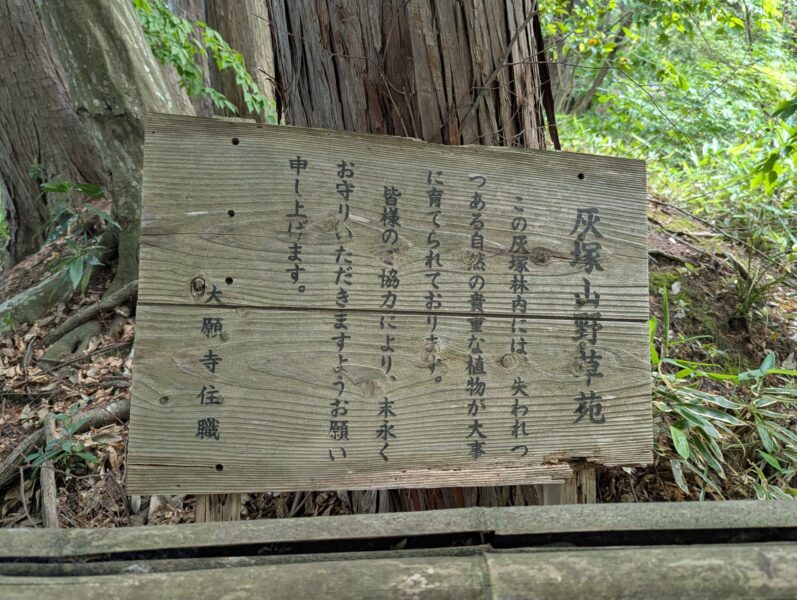
Daiganji Sanmon (formerly Manjuin Temple Reiya Gate)

The gate of Daiganji Temple was relocated in the early Meiji period from the tomb of the tomb of the fourth lord of the Sendai Domain, Date Tsunamura, the lord of the Sendai Domain, which was built in 1709, and was designated as a tangible cultural property in Sendai City in 1987.

The "San character" engraved on the gate is a family crest called "San character on the corner" by Inaba, the family home of Senhime (Manjuin). This is one of the valuable cultural assets that allows you to learn about the construction of the Date family mausoleum in the mid-Edo period.
Kannon Hall, the 7th temple of Sendai's 33 Kannon Temple
Sendai's 33 Kannon Temples were reportedly selected during the time of Tsunamura, the fourth lord of the Sendai domain, and the first temple Kannon temple is located at Horakuin in Kawauchi Kameoka, northern Sendai Castle, and is a pilgrimage to Kitayama, Aramachi, Rokugo, Shiromaru, and around Sendai Castle north to east to south, and ends at Shikaraku Kannon Hall, on the southern foot of Keigamine.
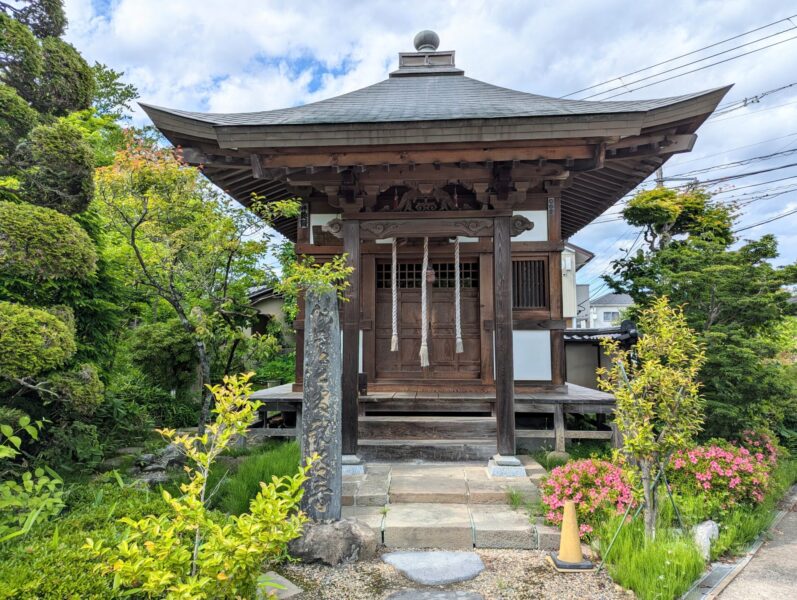
In the grounds of Daiganji Temple, there is the Kannon Hall, the seventh temple.
Daiganji <Information>
- Name: Masugamiyama Daiganji
- Address: 7-1 Shinsakacho, Aoba-ku, Sendai, Miyagi Prefecture 981-0934
- Phone number: 022-234-3774
- Official URL: http://www.s-daiganji.com/


![Scary and slightly sad stories... "Michinoku Otogi Kaido" with many stories left behind [Shichigasyu-cho, Shiraishi City, Miyagi Prefecture] Fairytale images](https://jp.neft.asia/wp-content/uploads/2023/04/be73b392233d2fe609797e999f8ca547-1-150x150.jpg)
![Kurikoma foot Geopark learned from large-scale landslide disasters [Miyagi Prefecture] Autumn leaves of Mt. Kurikoma](https://jp.neft.asia/wp-content/uploads/2023/08/22090138_m-150x150.jpg)
![Demon's Jigokudani Promenade! The geyser of the steam is truly a hellish sight! ? [Miyagi Prefecture] 5148713_m](https://jp.neft.asia/wp-content/uploads/2023/08/5148713_m-150x150.jpg)
![The timber rocks in Shiraishi Obara are natural phenomena, and are spectacular spots with columnar joints! [Miyagi Prefecture] FE8E1C5D-891F-4A2B-B0BB-BB4536BF6858_105_c](https://jp.neft.asia/wp-content/uploads/2023/07/FE8E1C5D-891F-4A2B-B0BB-BB4536BF6858_1_105_c-150x150.jpeg)
![[Miyagi Prefecture] Remember the Miyagi dialect! “So,” “suddenly,” “good morning socks”? good morning socks](https://jp.neft.asia/wp-content/uploads/2023/09/fashion_kutsushita_ana-150x150.jpg)
![The place you should not come and the phantom checkpoint "Nakura no Seki" written in waka poetry [Fukushima Prefecture] 0438-016](https://jp.neft.asia/wp-content/uploads/2022/11/0438-016-150x150.jpg)
![[Tohoku] Where should we go during Golden Week in 2023? How about visiting zoos and aquariums in Tohoku? 26245129_m](https://jp.neft.asia/wp-content/uploads/2023/04/26245129_m-150x150.jpg)
![[Serialization: Following the narrow path in the back part 2] After arriving in Miyagi Prefecture, Basho and Sora aim for Sendai, the capital of forests. Oku no Hosomichi 2](https://jp.neft.asia/wp-content/uploads/2023/09/f05201ee29d975b84ec437a8b76f2b98-150x150.jpg)
